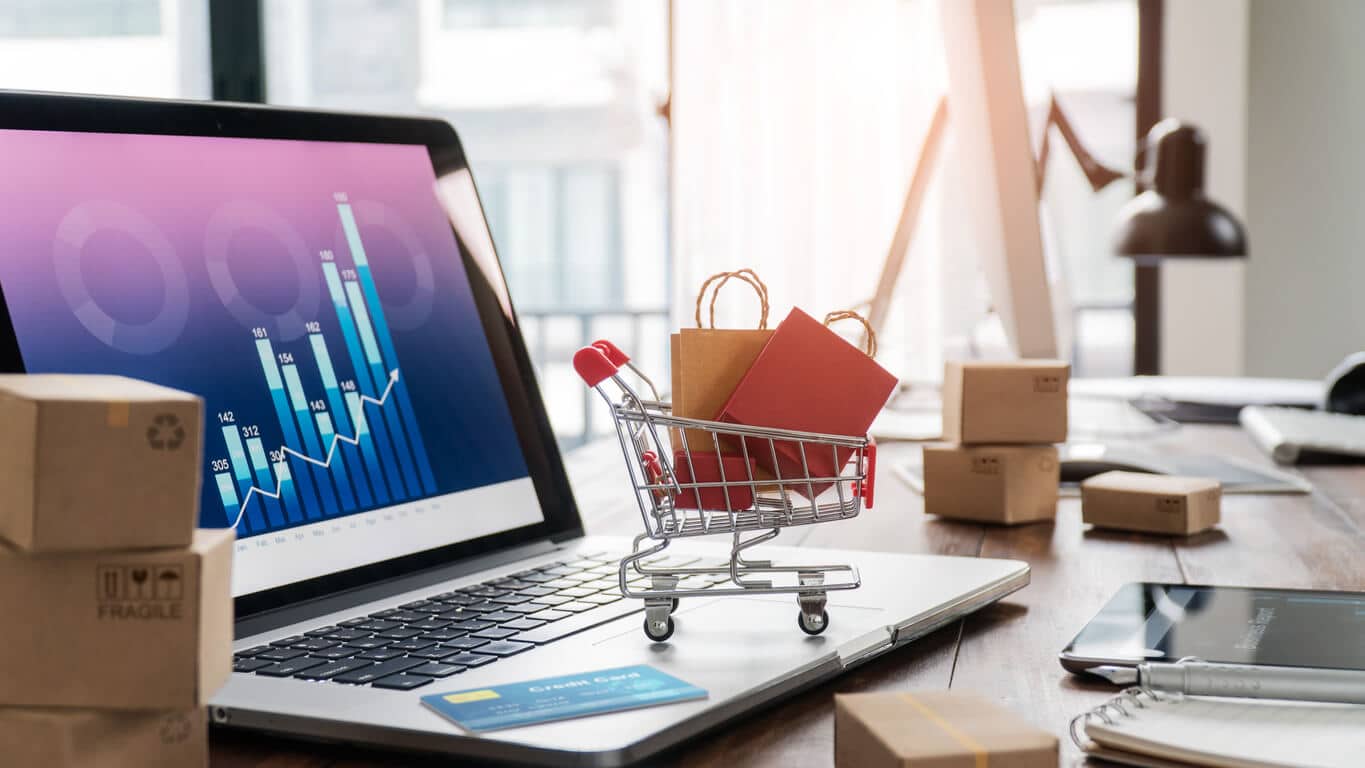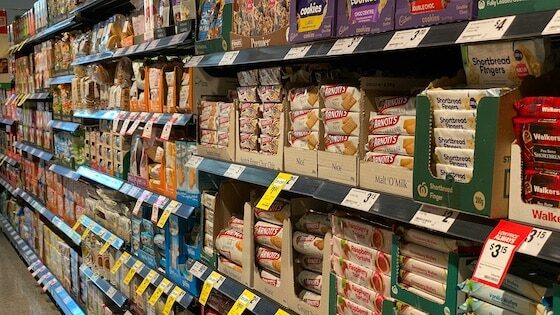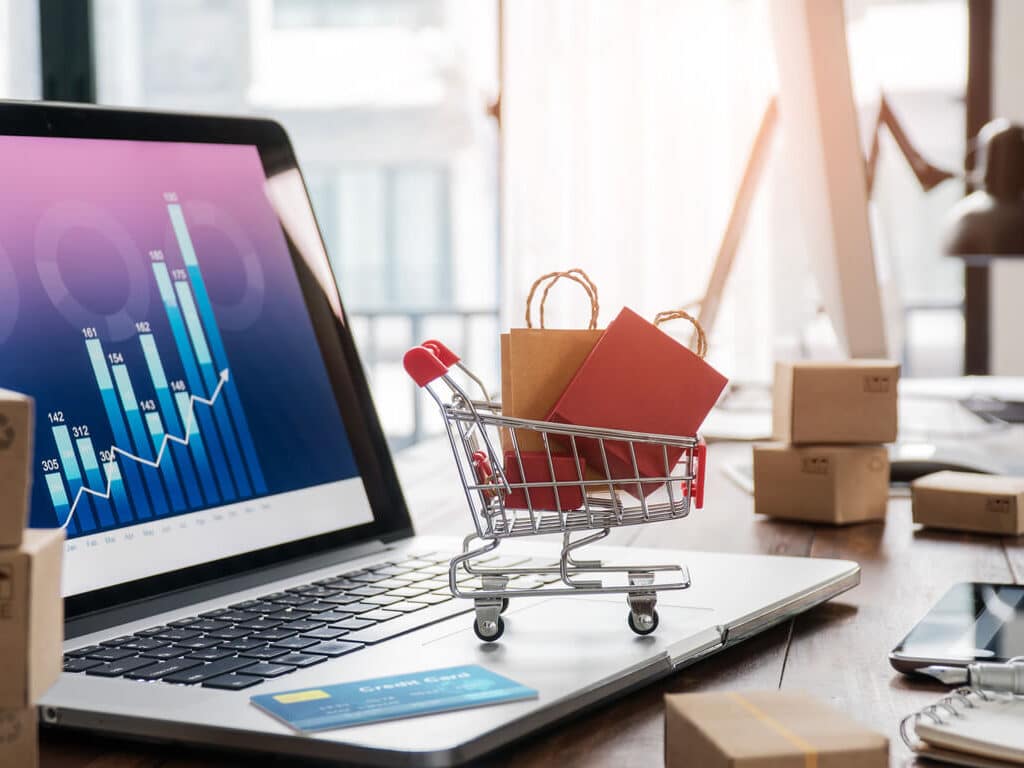As part of the ritual of examining local commerce and SMB SaaS strategies, Localogy goes right to the source: SMBs themselves. How do they feel about marketing and operational software? What features do they want? And how has their hunger changed in a pandemic? This is all a moving target.
Localogy’s Modern Commerce Monitor (MCM) answers these website dynamics questions across SMB SaaS, which we preview in this Benchmark Bytes series. After examining SMBs’ eCommerce adoption last week, we go one level deeper into the types of eCommerce they’re working with.
Specifically, do eCommerce-adoptive SMBs gravitate towards online stores, appointment booking functionality, or other transactional tools? Have SMBs integrated online order/pickup options for customers and how many have begun to offer online service fulfillment in the pandemic?

Localogy members can access full charts and SMB survey reports. Non-members can purchase reports.
Data Dive
Going deeper, a few insights jump out from these findings.
– The most popular form of eCommerce among eCommerce-enabled SMBs (38 percent) is online stores for turnkey eCommerce sales on their websites.
– This is popular due to the elevated functionality to sell online, and the ease of doing it on an existing website.
– There are also more low-friction tools now than ever before to activate online stores in a low-code way (e.g., Shopify)
– This was followed by online appointment booking, which 33 percent of eCommerce-enabled SMBs have activated.
– This breakdown is partly due to affinity for the functionality itself, but also the type of business in question… with service-based businesses showing a greater need for appointment booking.
– In third place at 25 percent was online service delivery.
– This involves an online fulfillment of a given service that may or may not also take place offline (e.g., music lessons).
– Of all of the e-commerce functionality examined in this survey question, this one was perhaps the most Covid-influenced.
– Tied at 15 percent of SMB responses were order online/curbside pickup and “other upgrades.”
– The former applies to a narrow (but important) range of SMBs including restaurants, grocery, and retail.
– Though it applies to some categories more than others, all of the above SMB adoption has been Covid-influenced and accelerated.
– The big question is if that Covid-induced adoption sustains into the Post-Covid era, thus representing permanent new SMB habits.
– Anecdotally, we’ve observed that many SMBs that picked up new skills and competency during the pandemic didn’t stop using those new tools as Covid recedes.
– We’ll host a panel discussion at L23 in April on this topic of the “New Face of SMBs.”
Time to Shine
Stepping back, SMB online marketing – website-based or otherwise – continues to grow rapidly. SMB SaaS startups and online services providers are correspondingly thriving as it continues to grow as a leading subsector of the broader SaaS universe. There’s a long-tail opportunity at play.
Meanwhile, new SMB SaaS users could represent permanent adopters. This is a concept that’s accelerated in the Covid era as SMBs are forced to boost their digital transformation. This sends them into the arms of SaaS providers to accomplish a range of marketing and operational functions.
We’ll return in the next installment to go deeper into Localogy original survey research. That will include SMB goals and success factors. Let us know what additional insights jump out at you from the above data. Stay tuned for more breakdowns in our Benchmark Bytes series.




